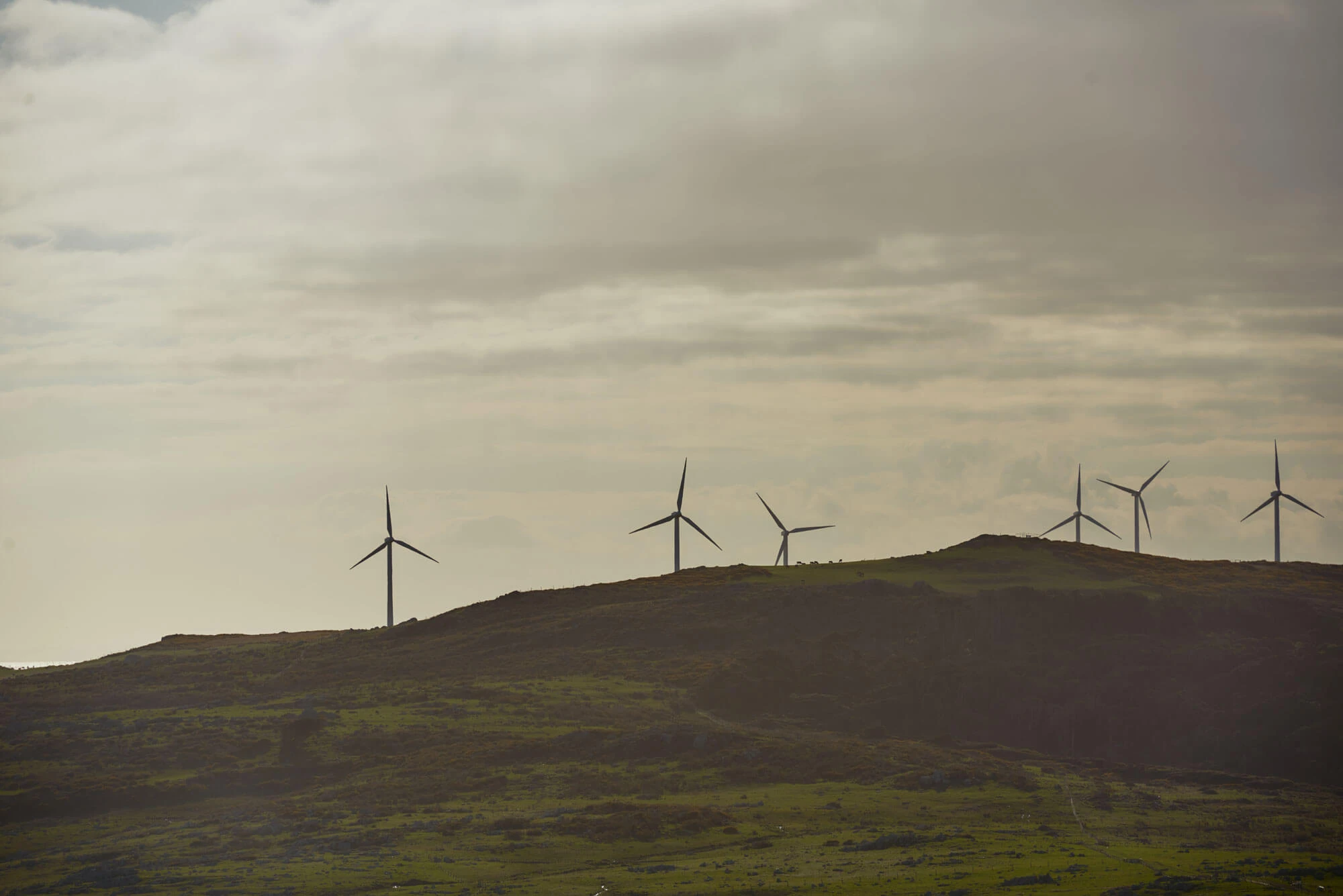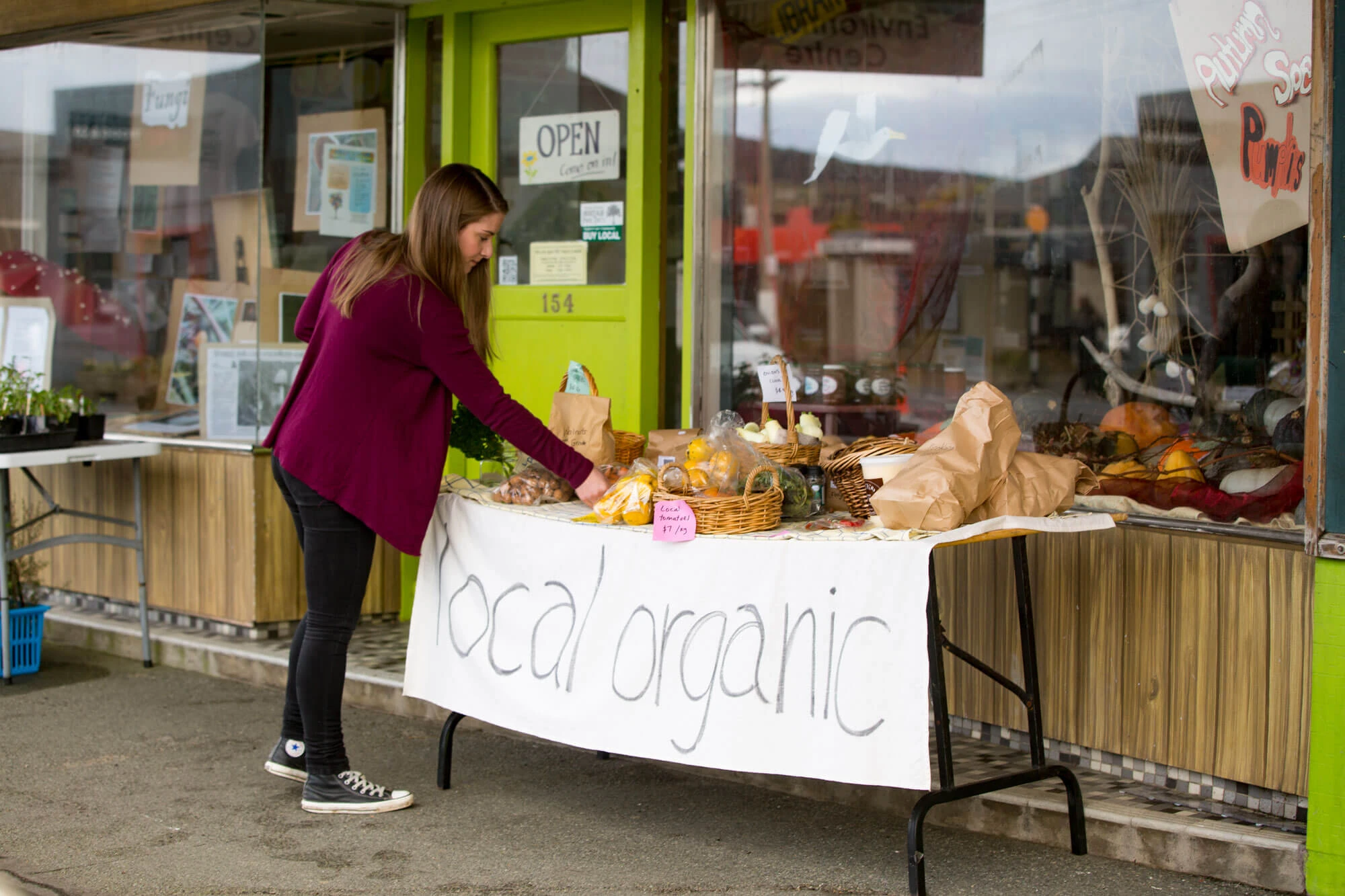Southland’s Greenhouse Gas Emissions 2018

Southland's greenhouse gas emission profile provides a baseline for emissions across Southland and will play a key role in determining actions to help reduce emissions in the region. The information has been prepared by consultancy firm AECOM and peer-reviewed by thinkstep anz, as part of the Carbon Neutral Advantage project .
With 12% of NZ's total land area and producing 15% of NZ's tradeable exports, the 2018 profile shows that Southland contributes 9.7% of New Zealand's gross emissions.
A snapshot of Southland's emission profile
Overview
In 2018 Southland emitted total gross emissions of 8,917,265tCO2e and total net emissions of 6,466,458tCO2e.
The difference between gross and net emissions comprises of 3,693,767tCO2e from forestry and biogenic[1] sequestration from trees and 1,242,960tCO2e[2] emissions of biogenic carbon from harvesting, burning of harvested wood and combustion of natural material for energy generation. This equates to 27.5% of Southland emissions being offset.
Southland’s per capita net emissions in 2018 were identified to be 90tCO2e, this is relatively high due to the region’s low population, large primary sector and large scale industrial processing. When excluding agricultural and goods processing industries emissions, per capita emissions reduced to 7.3tCO2e/.
The information for the profile has been prepared using the methodology outlined in the Global Protocol Community Greenhouse Gas Emissions Inventory (GPC) published by the World Resources Institute (WRI 2015). This represents international best practice for city and regional level emissions reporting.
tCO2e stands for tonnes of carbon dioxide-equivalent (CO2e) on a 100-year Global Warming Potential.
Full reports, references & tools
Summary reports
The information supporting the Southland Greenhouse Gas emissions profile has been prepared by the consultancy firm Aecom and peer-reviewed by thinkstep anz. You can access their reports below:
- Aecom - 2018 Southland Regional Carbon Footprint - Summary Report
- thinkstep anz - Southland Carbon Footprint Review
Economic breakdown emissions
thinkstep anz has recalculated the Harvested Wood and Economic breakdown of emissions. Read more about this below:
Greenhouse gas calculation tool for other regions
To support other regions on their journey to mitigate the effects of climate change, a user-friendly tool and guide have been developed. This is based on the C40 Cities emission tool which has been adapted to the New Zealand setting. It is anticipated that Stats NZ may provide a high-level overview of regional emissions informed by this project and tools moving forward. Access the tool below:
[1] Forestry emissions and sequestration are part of biogenic emissions. Biogenic sequestration are from natural sources. Biogenic emissions are emissions from combustion of natural materials for energy generation (such as wastewater) and harvesting of wood.
[2] Applying the delayed-release method. See thinkstep’s recalculated Harvested Wood Products Economic Breakdown report for more. The single release method resulted in a figure of 1,462,133tCO2e.





